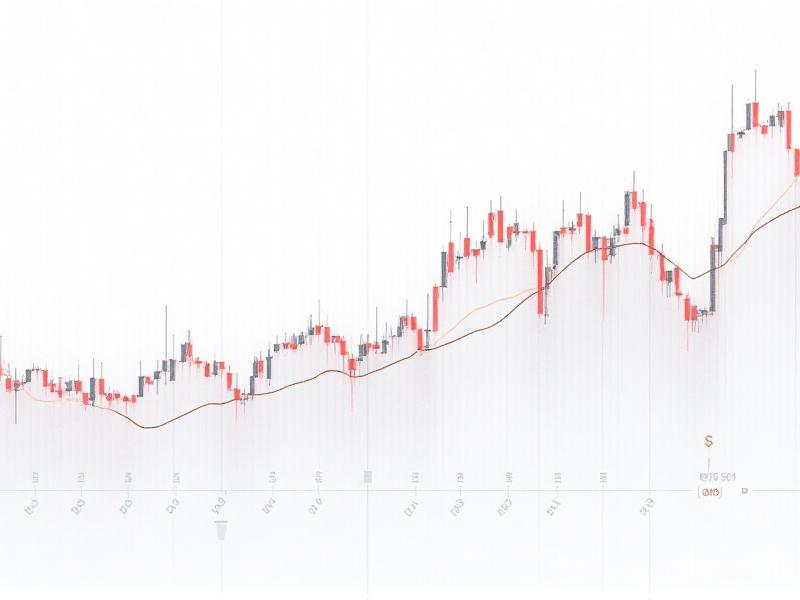
Emergency Funds 101: Why and How to Build One

How to Use Futures Contracts for Hedging

How to Use Options for Income Generation

The Pros and Cons of Margin Trading
A Comprehensive Guide to Trading Options in Roth IRAs
Aug 08, 2024 By Kelly Walker
Roth IRAs have become increasingly popular investments in the past decade, and with good reason. Not only are they tax-advantaged retirement accounts that help you build long-term wealth, but they can also be used to generate short-term gains through effective option trading strategies. In this comprehensive guide, we'll cover everything you need to know about how to effectively trade options in Roth IRAs so that you too can reap the rewards of a well-executed investment strategy. We'll explore different types of option trades and what factors to consider when choosing which ones are right for your portfolio, as well as discuss strategies on how best to manage your risk while still capitalizing on potential returns.
What is a Roth IRA?

A Roth IRA is a type of individual retirement account (IRA) that allows you to save and invest money for your retirement in a tax-advantaged way. The primary advantages of investing in a Roth IRA are that all earnings are tax-free, contributions can be withdrawn at any time without penalty, and there are no required minimum distributions (RMDs) during the owner’s lifetime.
Additionally, Roth IRAs offer the potential for significant tax savings when used to fund retirement; in many cases, earnings are taxed at a much lower rate than traditional IRA withdrawals.
Why should you consider trading options?
Options provide investors with the opportunity to capitalize on short-term market movements, leverage their capital, and generate income. Trading options in a Roth IRA can be an attractive option for traders who want to benefit from the tax advantages of a Roth while still being able to take advantage of potential profits from trading options.
For instance, if you’re bearish on a particular stock, you can use options to hedge your position with less risk than shorting the stock outright. Similarly, if you’re bullish on a particular company and want to leverage your gains without taking on additional risk, you can buy an option instead of buying the underlying stock.
How to open and fund a Roth IRA?
Opening a Roth IRA is relatively straightforward, and typically involves filling out an online form with personal information and account details. Once the application has been submitted, you can fund your account by transferring money from another retirement account or making regular contributions.
In order to open a Roth IRA, you must be at least 18 years of age and have earned income (or have a working spouse who has earned income). Additionally, you may be limited in the amount of money you can contribute to your Roth IRA each year based on your income level.
Basics of options trading:

When trading options, there are three basic strategies to choose from:
- Buying a call option (the right to purchase the underlying asset at a certain price by a certain date)
- Buying a put option (the right to sell the underlying asset at a certain price by a certain date)
- Establishing spreads between both calls and puts
Each of these strategies can be used to speculate on the prices of stocks, ETFs, and commodities. The most important factor to consider when choosing an option strategy is your risk tolerance; the more conservative you are with your trades, the less risk you should take on.
Types of Options Trades
There are two main types of options trades: calls and puts.
Calls: A call is an option contract that gives the buyer the right (but not the obligation) to purchase the underlying asset at a predetermined price (the strike price) on or before a specified date.
Puts: A put, on the other hand, gives the buyer the right (but not the obligation) to sell the underlying asset at a predetermined price on or before a specified date.
When trading options in Roth IRAs, it is important to keep in mind that you cannot trade on margin, which means you need to have enough funds in your account to cover the full cost of the option. Additionally, all profits (from both calls and puts) are tax-free when held within a Roth IRA.
Strategies for risk management when trading options in a Roth IRA:
When trading options in a Roth IRA, it is important to manage your risk and ensure that you’re not overexposing yourself to volatility. Below are some strategies you can use to help manage your risk when trading options:
• Be sure to understand the risks associated with a particular option before making any trades; if possible, practice using trial accounts
• Set clear entry and exit points for each option trade, as well as a maximum loss amount that you’re willing to accept
• Consider using stop-loss orders to limit losses on trades that don’t go in your favor
• Diversify across different asset classes, such as stocks, ETFs, and commodities
Monitor your positions regularly to ensure that they’re performing as expected
Pros and cons of trading options in Roth IRAs
Pros:
• Tax advantages: All profits from option trading are tax-free within a Roth IRA
• Leverage: options offer the ability to take on greater risk while still limiting your downside exposure
• Flexibility : options provide the ability to hedge or speculate on short-term market movements.
Cons:
• Limited funding sources: Roth IRAs are funded with after-tax dollars, which means that contributions are limited to what you have already earned
• Complexity: options trading require a certain level of understanding of the market and how options work, and can be risky for inexperienced traders
• Limited liquidity: Roth IRAs may not provide the same liquidity as traditional investment accounts.
Conclusion:
Trading options in a Roth IRA can be an effective way to leverage your capital and generate tax-free income. However, it is important to understand the risks associated with option trading and ensure that you’re following sound risk management practices. By understanding the basics of options trading, setting clear entry and exit points for each trade, and diversifying your portfolio, you can maximize the potential of your Roth IRA and benefit from its tax advantages.

How to Choose the Right Hostel: 6 Tips to Avoid Bad Stays

How to Invest in Bonds for Stability and Income

The Future of Peer-to-Peer Insurance

How to Invest in Gold and Precious Metals

The Benefits of Investing in High-Dividend Stocks

The Financial Benefits of a Digital Detox

The Role of Artificial Intelligence in Portfolio Management

How to Save Money on Home Energy Bills
Advertisement
